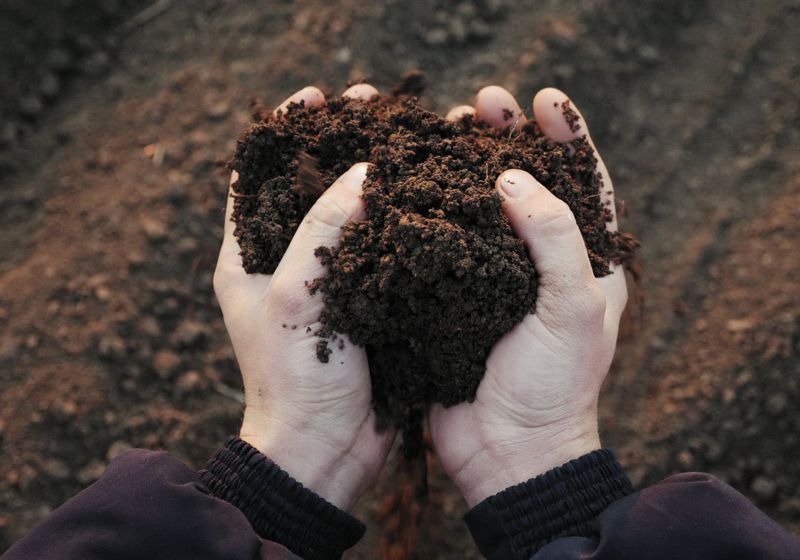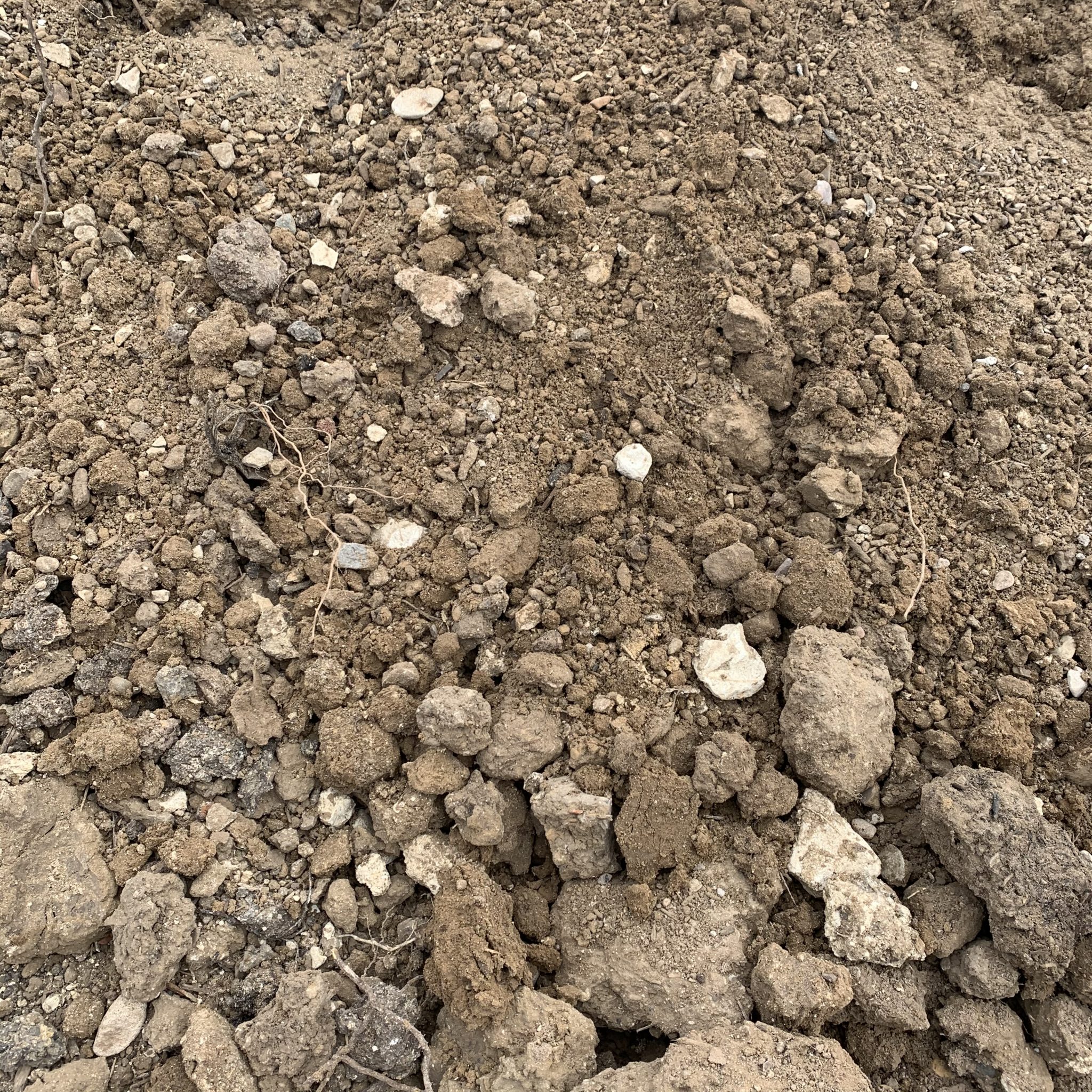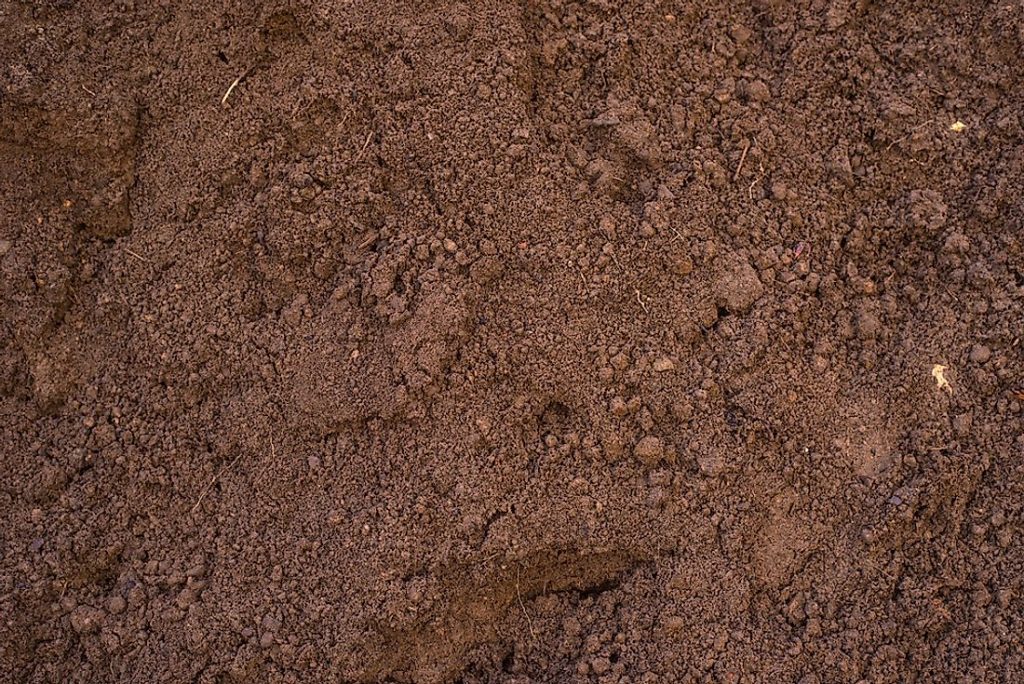Top Soil & Soil Mix
Difference Between Soil Mix and Top Soil
Whether you are revamping your flower beds or landscaping your entire yard, it is important to use the right materials. Using the wrong soil could result in all your hard work being washed away during the first heavy rain, or your flowers might fail to bloom for lack of nutrients. One of the most important things you should know when it comes to gardening is the difference between Soil Mix and topsoil – if you choose the wrong one, it could negatively affect the growth and vitality of your garden.
Soil Mix
The term “Soil Mix” is often used on packages of premixed soils sold at home improvement stores, but it is not actually a separate type of soil. Soil in a home garden has its own unique texture and combination of sand, silt, clay and various minerals. Packaged Soil Mixes are mixed to incorporate a variety of soils and textures, and they are often mixed to target a particular type of garden or plant – you may find different mixes for flower gardens, vegetable gardens and even herb gardens. If you plan to purchase bulk Soil Mix rather than bags of soil from a garden supply store, inquire about the sources the soil company uses for its sand and any organic matter that has been incorporated. That way, you can be sure it will blend well with the existing soil in your garden.
Topsoil
The term “topsoil” refers to the top layer of soil on the surface of the earth. Depending on the location, the topsoil layer may be 5 to 12 inches deep, and its texture may vary. For most gardening purposes, clay, silt and sandy topsoils should be avoided because they tend to retain moisture after it rains, preventing air from reaching the plant roots below. Some of the best types of topsoil include those with a loamy texture having a mixture of between 7 percent and 27 percent clay, 28 percent to 50 percent silt and under 52 percent sand. These topsoils tend to have a low water-retention capacity but they are easy to till. Compared to Soil Mix, topsoil is generally sold in larger quantities for large-scale landscaping needs. Topsoil is also more of a general-purpose soil mixture that may not be mixed with as much fertilizer and organic matter as some Soil Mixes.
Making the Right Choice
Whether you use topsoil or Soil Mix in your garden is a decision you should make depending on the needs of your garden. Performing a soil test is a good place to start because it will tell you what nutrients your garden is lacking so you can look for a Soil Mix or topsoil that includes those nutrients. In addition to comparing the ingredients in the soils, you might also consider the price – high-quality Soil Mixes can be very expensive, while topsoils are often much cheaper. Whereas packaged Soil Mix may be prepared to target a specific type of plant, topsoil is ideal for general-purpose landscaping. If you have a lot of space to cover in your garden, you might consider mixing some of each.
Using Gardening Soil and Topsoil
It is generally not recommended that you entirely replace the soil in your lawn or garden, but additional soil is sometimes necessary if you intend to extend your garden or create raised beds. Before you purchase any new garden or topsoil, you should perform a soil test so you can match the pH of the new soil to the pH of the existing soil in your garden. Once you have purchased your new soil, till your garden well, then sprinkle on a few inches of the new soil. Till the garden again to incorporate the new soil, then add the rest of the soil on top. If you plan to fertilize your Soil Mix, it is best to do so after you have added the new soil and before you start planting.




